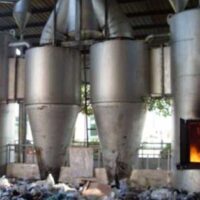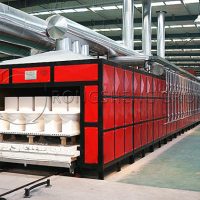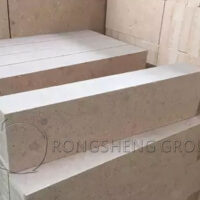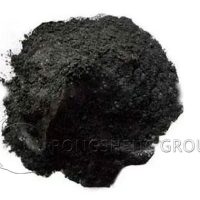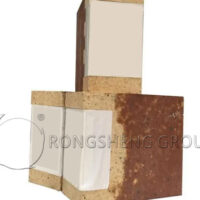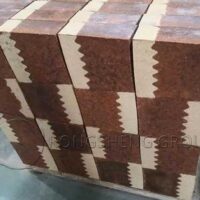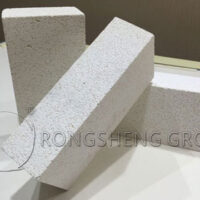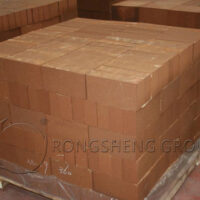The modern new technology lime kiln is a modern lime kiln with environmental protection, energy-saving functions, and a high degree of mechanization and automation. Because it adopts modern technology, it can make full use of cheap energy, especially the gas that originally polluted the environment as the main energy source, turning waste into treasure. This not only protects the environment, but also produces lime of good quality and low cost. For enterprises using this new technology, the economic benefits will be significantly increased.
Classification of Lime Kilns
Lime kilns are mainly composed of kiln bodies, feeding devices, feeding devices, combustion devices, ash unloading devices, electrical appliances, instrument control devices, dust removal devices, etc.
Different forms of lime kilns have different structural forms and calcination forms. The process flow is basically the same, but the equipment value is very different. Of course, the use effect is definitely different.
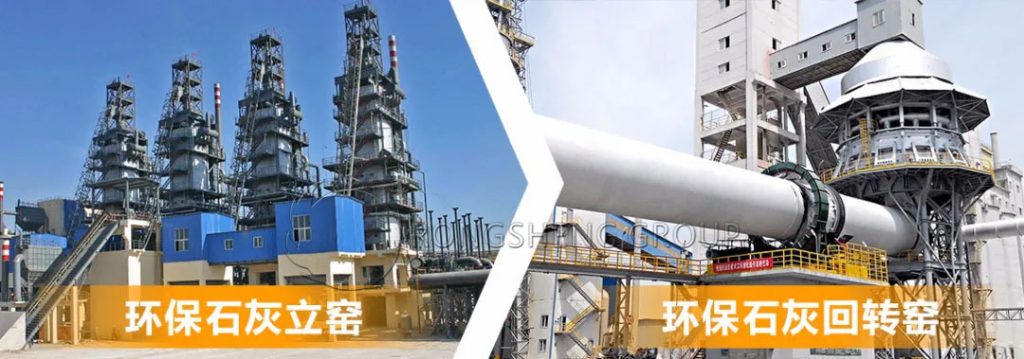
There are many different ways to classify lime kilns. According to the shape of the kiln, it can be divided into square kilns, round kilns, etc. According to the type of products, it can be divided into lime kilns, ceramic kilns, cement kilns, glass kilns, brick kilns, etc. According to the characteristics of flame flow, it can be divided into horizontal flame kilns, rising flame kilns, downdraft kilns, horseshoe flame kilns, etc. According to the type of fuel used, it can be divided into coal-fired kilns, oil-fired kilns, gas kilns, etc. According to the material transportation method, it can be divided into kiln car kilns, roller bottom kilns, push plate kilns, etc. More commonly, it is classified according to the physical state of the baked products and combined with the production method.
Lime kiln types are widely used in the building materials industry. Many of its predecessors were used in the cement industry to burn clinker. In recent years, through the introduction of foreign technology and development, my country has a variety of lime kiln types suitable for lime production.
- According to fuel: there are mixed kilns (i.e. burning solid fuels, coke, coke powder, coal, etc.) and gas-fired kilns (burning blast furnace gas, coke oven gas, calcium carbide tail gas, generator gas, natural gas, etc.).
- According to kiln shape: there are vertical kilns, rotary kilns, sleeve kilns, double-chamber kilns, double-beam kilns, etc.
- According to operating pressure: there are positive pressure operating kilns and negative pressure operating kilns.
How Do Lime Kilns Protect the Environment and Save Energy?
With the development of green and clean development in China, most products now need to take into account the requirements of environmental protection and energy saving. At present, we have the following five aspects of research on the environmental protection and energy saving of lime kilns at the beginning of new lime kiln projects and during the commissioning process. How does a lime kiln protect the environment and save energy?
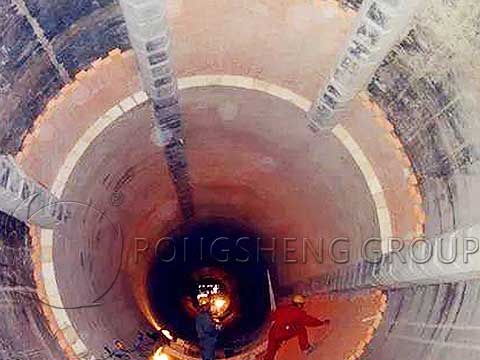
First, the kiln structure is different. The lime kiln is mainly composed of a kiln body, a feeding device, a feeding device, a combustion device, an ash unloading device, electrical appliances, an instrument control device, a dust removal device, etc. Different forms of lime kilns have different structural forms and calcination forms. The process flow is basically the same, but the equipment value is very different. Of course, the use effect is definitely different.
Traditional lime kilns generally use straight cylinders, while energy-saving kilns are different kiln sections with different diameters of curved vases. The straight cylinder kiln has a static horizontal and stable descent. The curved vase-shaped charge descent is a dynamic tumbling descent. The stone material is tumbled several times, constantly changing the heating surface and air permeability, thereby enhancing the calcination capacity and reducing coal consumption and reducing the raw overburning rate.
Second, air supply. Since the energy-saving kiln has a special kiln structure, the air flow resistance is very small. Therefore, the wind pressure and air volume used by the energy-saving kiln are only one-third of those of ordinary vertical kilns, and the natural power is about 30% of those of ordinary kilns. As a result, the power consumption is greatly reduced, and the corresponding lime cost is reduced.
Whether it is a mixed-firing kiln or a gas-firing kiln, a certain reasonable air supply is required. Because any fuel combustion must have three conditions, namely fuel, air (oxygen), and open flames, and it will not burn without any of these conditions. At present, the lime kiln has also studied and designed a wind cap, so that the combustion-supporting air can be scientifically distributed in layers to the required kiln charge section, so that the air flow in the kiln is uniform and the flame combustion intensity is consistent.
The air supply principle of lime kiln design is: “low air pressure, small air volume, and large effect”.
Third, material selection. Ordinary vertical kilns use thermal insulation materials, while energy-saving kilns not only have thermal insulation bricks, but also composite kiln linings formed by composite insulation materials and kiln linings. The heat energy in the kiln is fully utilized, heat loss is greatly reduced, coal consumption is greatly reduced, and the kiln lining life is extended.
The kiln top temperature of ordinary vertical kilns is usually 300-500℃, while the kiln top temperature of energy-saving lime kilns is generally less than 100-200℃. The kiln top temperature indirectly reflects the utilization level of fuel heat energy.
Fourth, lime kiln fuel is critical. In order to achieve a good calcination effect, the limestone and fuel must be uniform on the cross section of the kiln, which requires an ideal distributor. Relatively speaking, the distribution of mixed lime kilns is critical. Because when it loads fuel and limestone into the kiln at the same time, it must achieve a reasonable distribution of the charge in the kiln through the distribution, eliminate the furnace wall effect, balance the resistance in the furnace, and strive to make the entire furnace cross section “fired” uniformly.
Different forms of distributors have been designed and manufactured for different kiln types and kiln diameters. Among them, there are rotary distributors, three-clock probability distributors, double-clock distributors, and clock-rotation combined distributors.
For large kiln diameters, rotary distributors or clock-rotation combined distributors should be preferred, and for small kiln diameters, double-clock distributors or three-clock probability distributors can be selected. For kilns that recover carbon dioxide from the flue gas on the top of the kiln, a three-clock probability distributor should be used. Because it opens and closes in sections, it has a good sealing effect.
Therefore, the distributor has a great relationship with energy saving, but it must be selected according to the kiln structure.
Fifth, the ash unloading device is also related to energy saving. Energy-saving lime kilns are generally equipped with a pallet ash unloading machine and a two-stage ash unloading valve for use, which can not only ensure the ash unloading effect but also save power consumption. In addition, a simple flip-grid ash unloading machine is designed to save investment. Its cost is only one-tenth of that of an electric ash unloading machine. It can usually be made by itself in combination with construction, and the cost is very low.
In order to achieve energy saving and environmental protection in lime kilns, it is best to select appropriate design schemes and refractory materials at the beginning of project design based on actual conditions and existing technical conditions. If you need to buy refractory materials for lime kilns, please contact us. We are Rongsheng Refractory Company. Our refractory materials have been sold to more than 120 countries and regions around the world, including South Africa, Chile, Egypt, Colombia, Uzbekistan, Italy, Indonesia, Ukraine, Hungary, Spain, Kenya, Syria, Zambia, Oman, Venezuela, India, Peru, the United States, Ethiopia, Iran, Iraq, Israel, etc. We can provide you with overall project construction support and refractory products for lime kilns.

